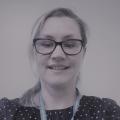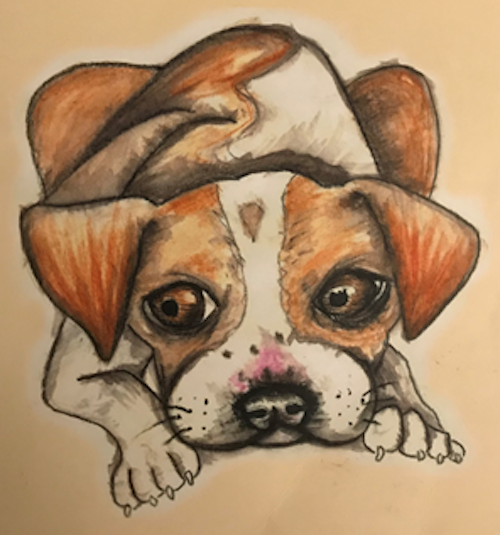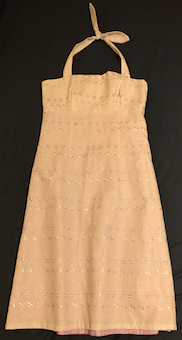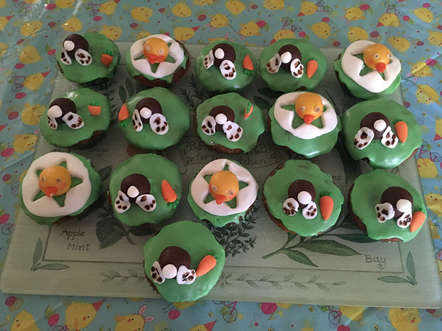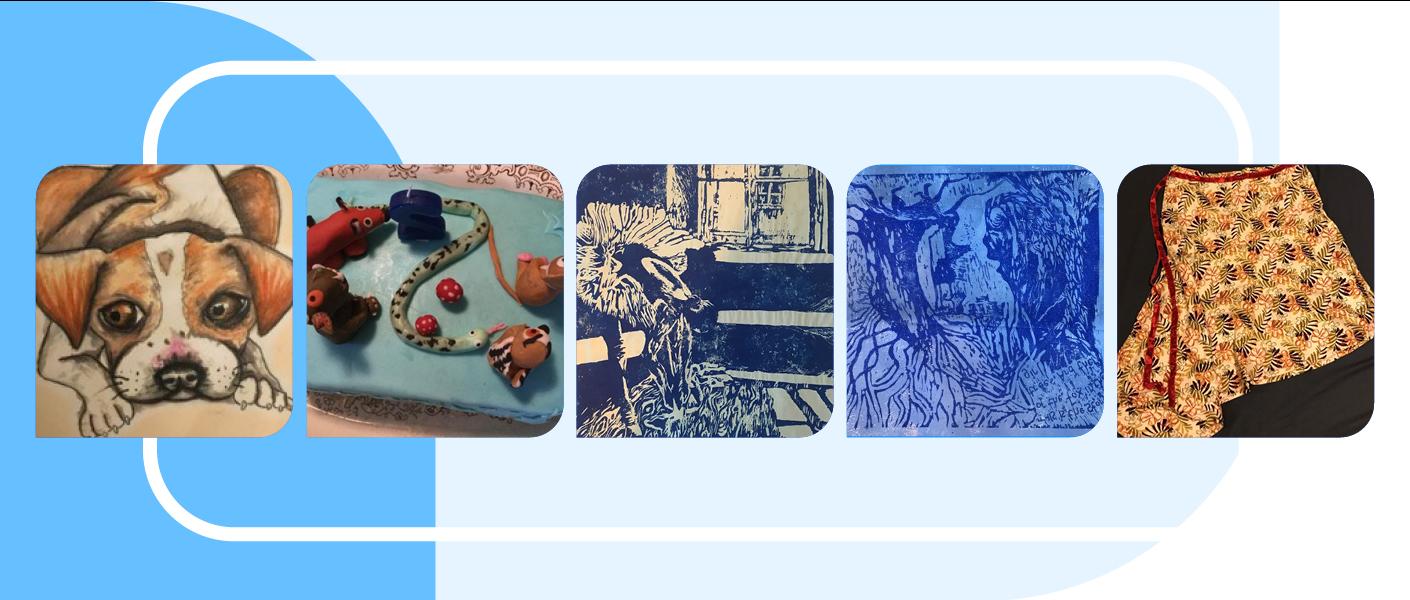
Experience the Art of Science - Caitriona Cashell's story
'Experience the Art of Science' is a bold new campaign for our development services offering focused on the creative thinking and novel approaches that go into our work. The campaign is represented visually using macro shots of real scientific images that look like abstract art.
To bring this theme to life, we have spoken to scientists on our team to find out exactly what ‘Experience the Art of Science’ means to them – both in their work and outside of work.
In our latest ‘Experience the Art of Science’ series, we meet Caitriona Cashell, Technology Lead at our Newbridge facility who has a passion for arts and crafts.
How are you innovative in your role at Pfizer?
My Ph.D. research was in crystallisation, which is a perfect example of an art-science hybrid. An insatiable curiosity and need for scientific understanding were the main drivers for me, but I also wanted to make crystals that looked nice and discover new ways of changing their form and properties.
When a new project or challenge is presented to me, I break it down to its simplest form and add layers of complexity as required rather than start with complexity. I visualise the plan or the solution in three dimensions. Aesthetics are important to me and I believe that communication is more interesting and engaging if the words are built around graphics rather than reading from a page full of words.
I prefer a blank canvas so that I can create something novel rather than working to a pre-determined formula. For these reasons, I enjoy the challenge of a new product and will familiarize myself with every aspect of the materials so that I can visualise how each material’s unique characteristics will interact with each other, the equipment and the environment on their journey from particles to the tablet in a patient’s hand.
How are you creative outside of work?
I grew up in a family of scientists – my mother is a biochemist and my father was an organic chemist, and they were both keen artists. My siblings and I all studied science and art in school, so to me art and science are two distinct but integral facets of the same phenomenon. I was accepted to art college but chose science as I wanted to understand how things work, interact, and connect.
How I am creative in my spare time has evolved over the years. In school, I experimented with pastel, paint, charcoal and settled on printmaking as my favourite medium. My brother completed a degree in fine art (printmaking) and was definitely an influence in my interest in this. My next hobby was dressmaking, then I turned my hand to book illustrations and most recently baking with my children.
Through my study of art, I discovered that art is a lot like experimentation – if you are bound by the fear of failure, you produce something safe and predictable. But if you operate outside that sphere and embrace failure and the potential for discovering something extraordinary, you stand to gain so much more. I remember grasping this concept in art class in school and have brought this logic into science. Art has taught me to be a better scientist.
|
Caitriona’s printmaking |
Caitriona’s book illustrations |
|
Dressmaking |
Baking |
What does ‘art of science’ mean to you?
The Art of Science is the symbiosis of two disparate disciplines which have one important feature in common – they are both expressions of human creativity. We see this symbiosis in nature and with great scientists and innovators. We don’t need to be right all the time, but we do need to try. If we apply a creative mindset, we can cultivate this symbiosis and harness the power of the science-art hybrid.
Although scientists can shy away from art and creativity, I believe that scientists are humble artists of sorts who are creative and innovative without realising it. There is a misconception that scientists and engineers are not artistic, but I believe that if we focus on the fundamentals of science and bring our creative skills into everything we do with courage and confidence, we can bring more diverse problem-solving perspectives.
Other Experience the Art of Science Colleague Profiles
Experience the Art of Science - Gillian Kidd's story
Experience the Art of Science - Norman Jansen's story
Experience the Art of Science - Stefano Petracci's story
